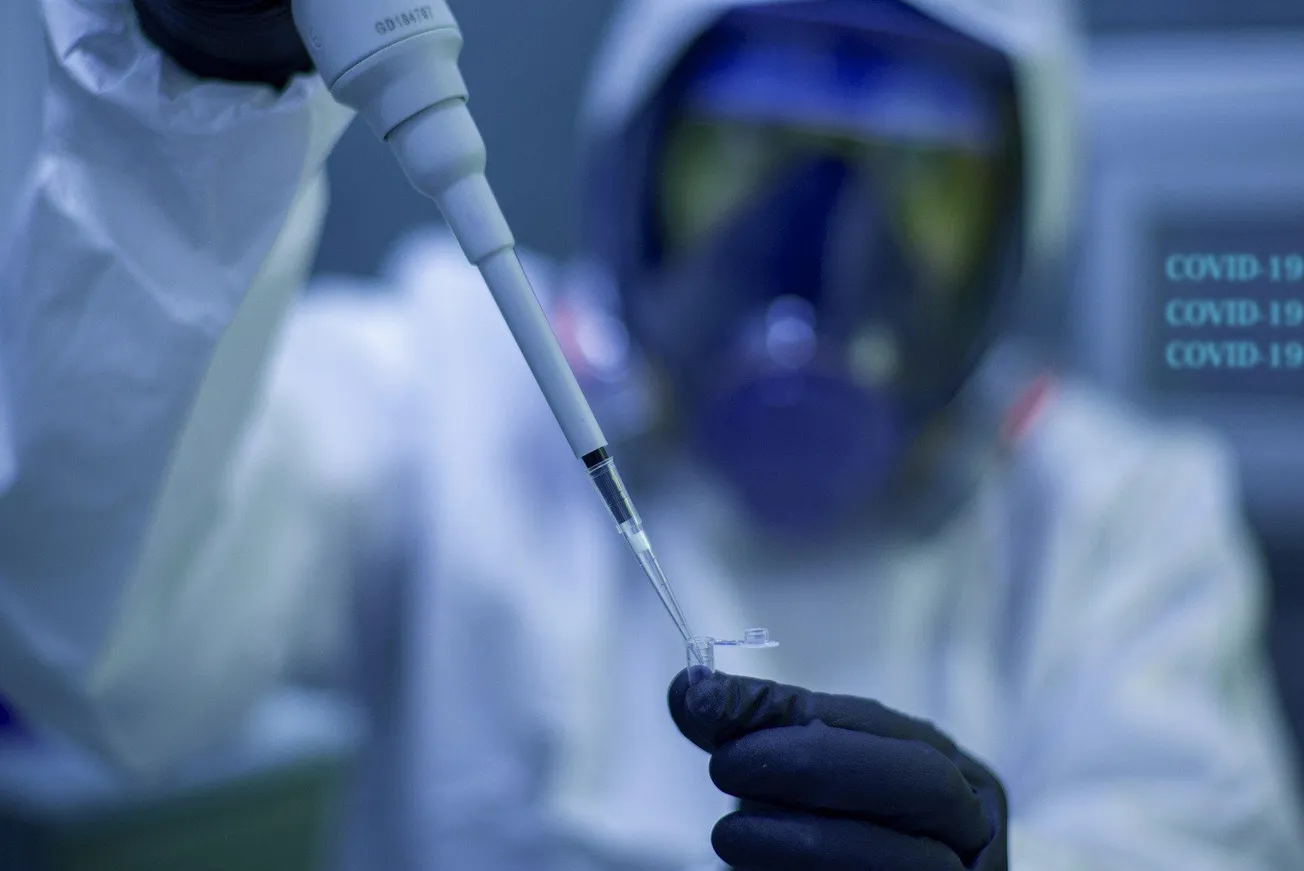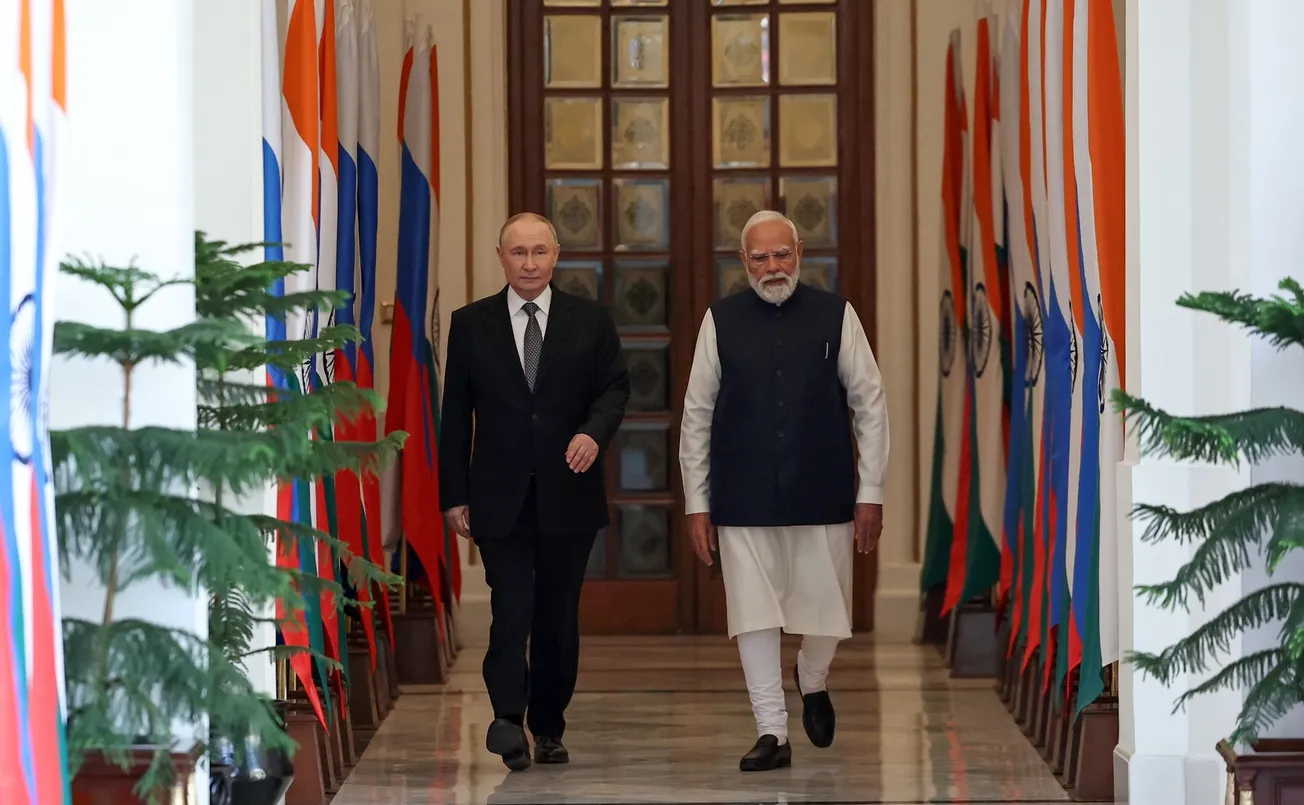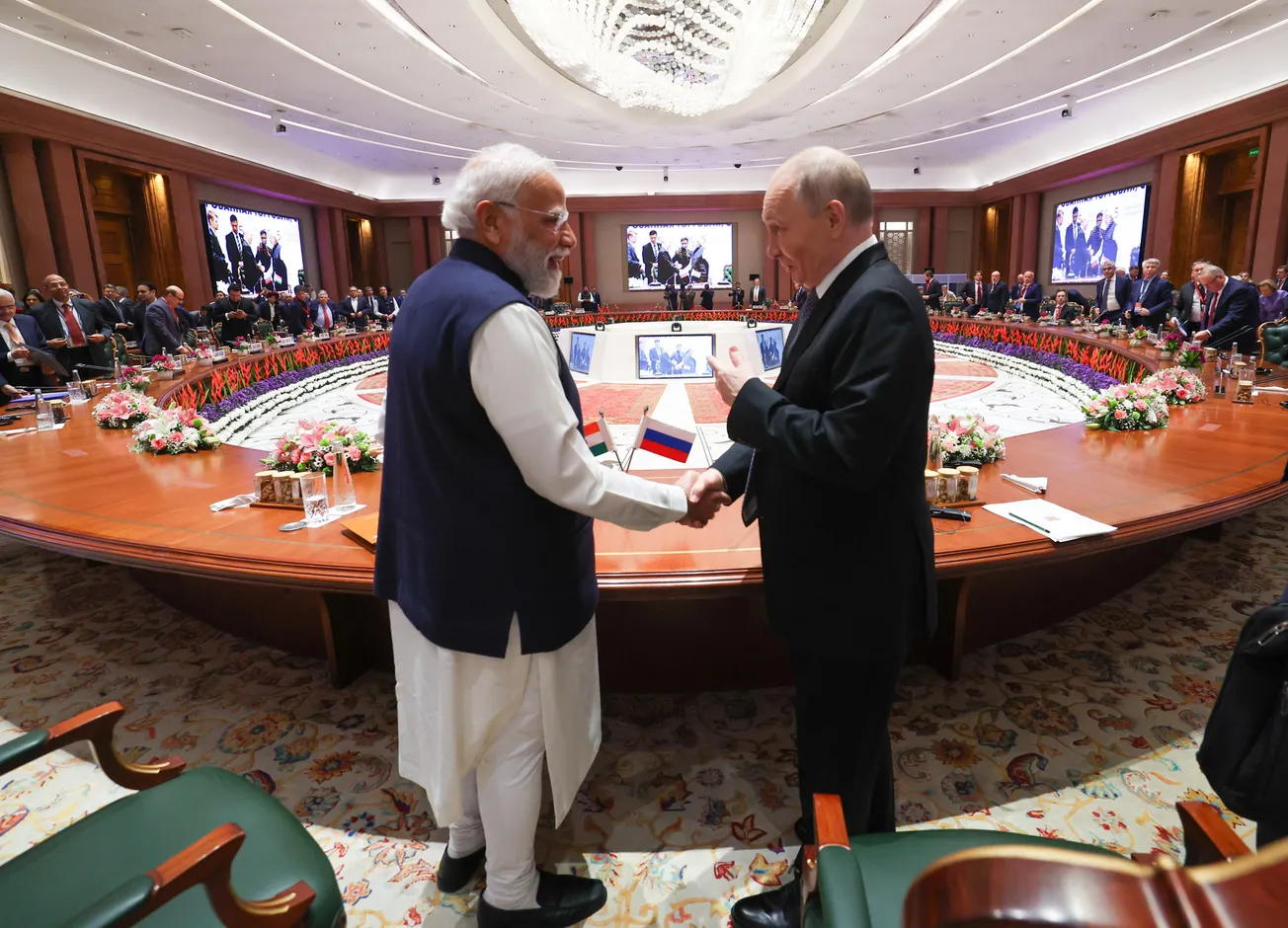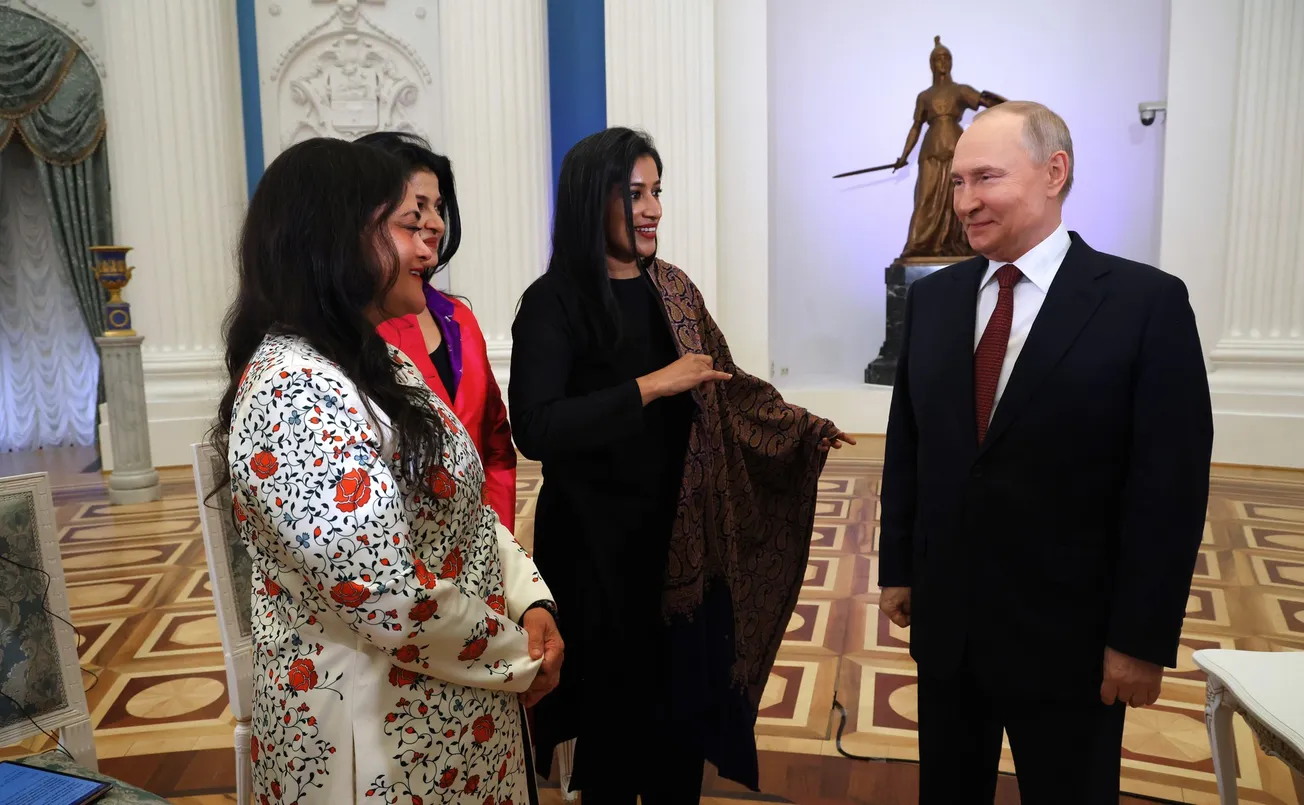The U.S. Census Bureau’s Household Pulse Survey of March 29 indicated that about 16% of adults in the United States will not take a COVID-19 vaccine—what is called “vaccine hesitancy.” That rate goes up in rural areas, especially in the Southeast and parts of the Midwest. (Mississippi and Alabama, e.g., have only 30% of their populations with at least one dose of vaccine, compared to the national figure of 51%.) There are 260 million Americans targeted for the current vaccines (available for those 16 years old and up). The country needs about 75-80% of them, at least, to have a solid chance of what is called “herd immunity.” While there are certainly benefits that begin to be seen with levels from 40-70%, they fall short of putting the coronavirus on the defensive in the war. (Of note, what is not considered here are two countervailing factors: a) a certain amount of the 30 million-plus Americans who have contracted COVID-19 and gained some level of immunity, but will not take the vaccine; and b) the 70 million or so children for whom a vaccine has not been developed yet.)
Now, the harder work sets in to get at least another 25-30% of the population jabbed. (The 75-80% figure translates to 195-208 million people; or of the 86 million or so that polls indicate might take the vaccine, it means 63-76 million of them. Not an easy task.) Instead of the mass vaccination sites, where those most willing to be vaccinated have already been, now employers and individual doctors become the key focal points in recruiting those souls in between the willing and the unwilling. Dr. Scott Harris, Alabama’s health officer, said that efforts toward the African-American communities have largely paid off, using “local relationships with trusted voices"—but the rural white community is way behind. One tactic he is pushing is to have doctors record cell phone videos to be emailed to patients, around the theme, “This is why I think you ought to take the vaccine.” In Louisiana, where only 40% have received at least one dose, they are trying running pop-up clinics at truck stops, homeless shelters, and even a Buddhist temple. Nationally, the Equal Employment Opportunity Commission has informed employers that they can require vaccination as a public health measure. Finally, in this upcoming campaign, Johnson & Johnson’s one-dose vaccine is particularly useful in areas where it is less likely to get a person for a second jab—and the last 12 days of the stoppage has created a logistical mess in exactly the wrong places.





